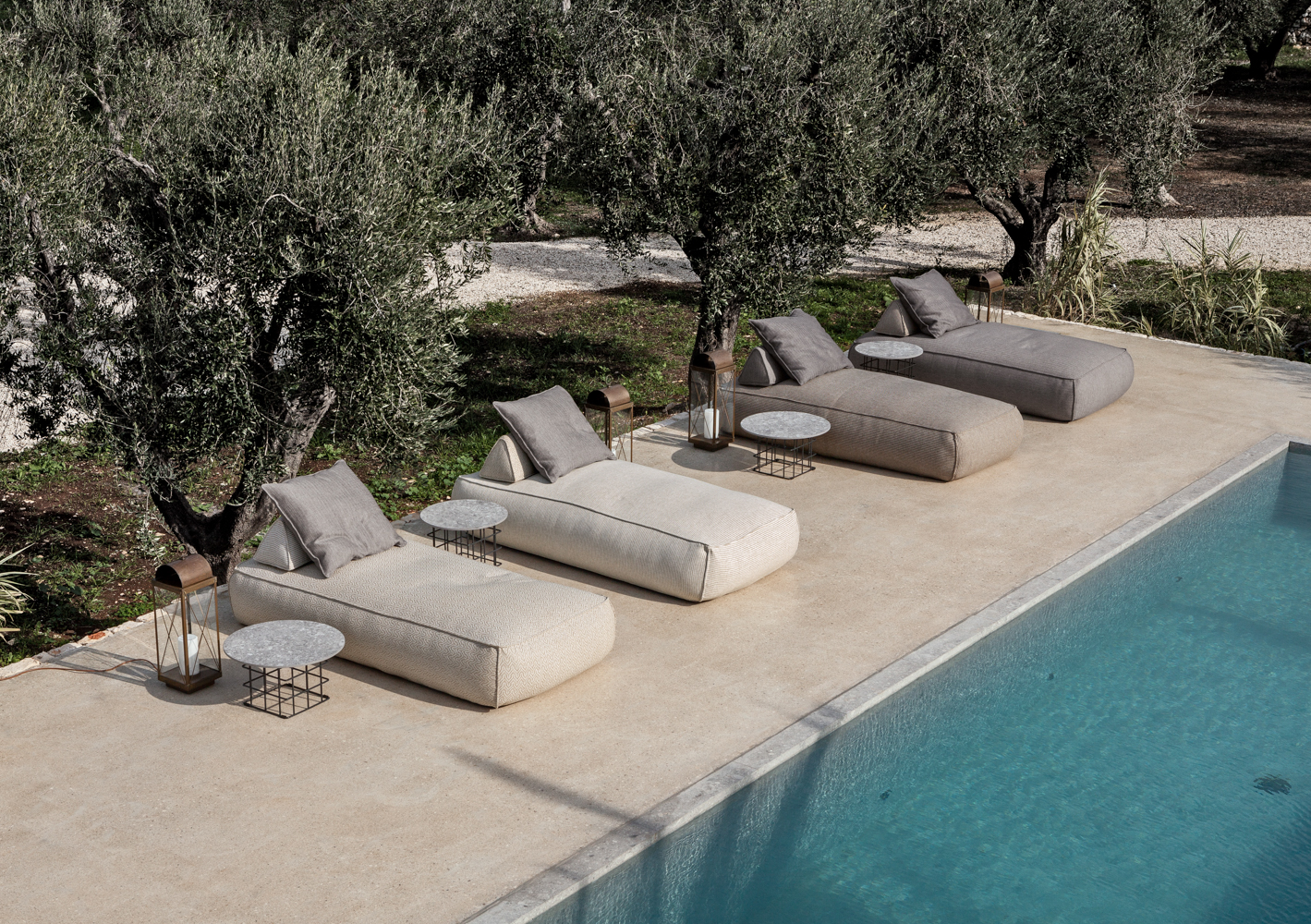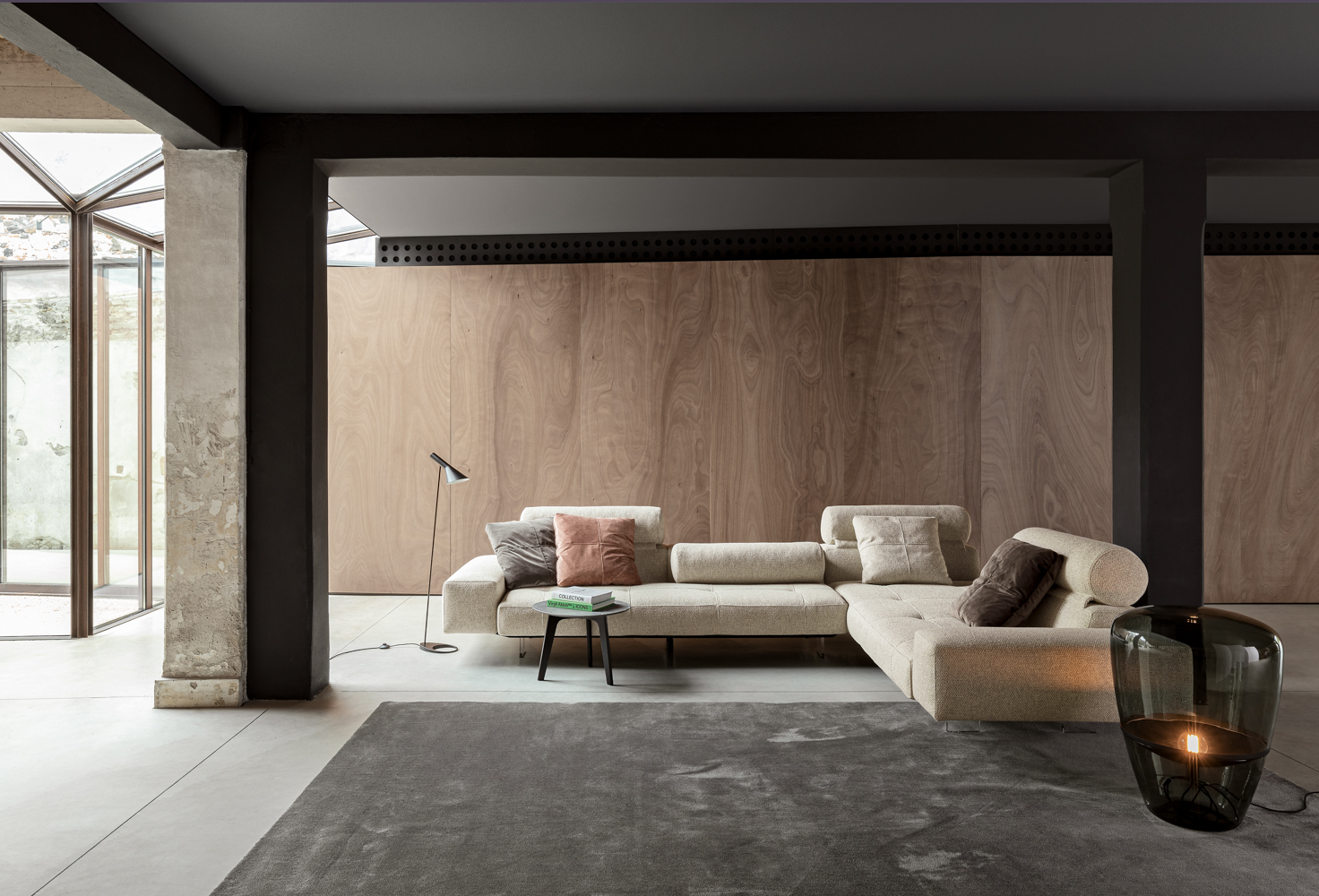In architecture and interior design, a “home” is more than just a physical structure; it is a profoundly personal and emotional space that reflects its inhabitants’ identity, lifestyle, and well-being—beyond providing shelter and security, a well-designed home balances functionality with aesthetics, ensuring that spaces are not only efficient but also harmonious. It has to carefully consider spatial organization, contextual integration, and sustainability to create homes that blend seamlessly with their environment while meeting modern living standards. Similarly, interior design enhances this concept by shaping interiors that evoke comfort, belonging, and personal expression. From the choice of materials to how a home interacts with its surroundings, every element makes it feel like a proper home.
Everyone has a unique vision of the perfect home. For some, it’s a modern minimalist space, while others dream of a cozy, rustic retreat. No matter your style and needs, a dream house takes a holistic approach that recognizes the deep connection between our physical environment and emotional well-being. Here, we explore the elements that turn a house into the ultimate dream home!
Spatial Organization and Functionality
Spatial organization and functionality are key elements in creating a dream home, blending aesthetics with practicality to enhance everyday living. A well-designed home optimizes space through thoughtful layouts, ensuring seamless flow and efficient use of each area. Open-concept designs remain popular, fostering connection by integrating kitchen, dining, and living spaces while maximizing natural light with large windows and high ceilings. However, modern trends are evolving to balance openness with privacy, incorporating dedicated spaces like home offices, reading nooks, and soundproofed rooms for solitude. Semi-open layouts are also gaining traction, offering defined yet connected spaces catering to social gatherings and personal retreats. By thoughtfully integrating these elements, homeowners can achieve a harmonious living environment that is functional and inviting. When a space is well-organized, it can create a sense of calm and order, making it easier to relax and feel at home.
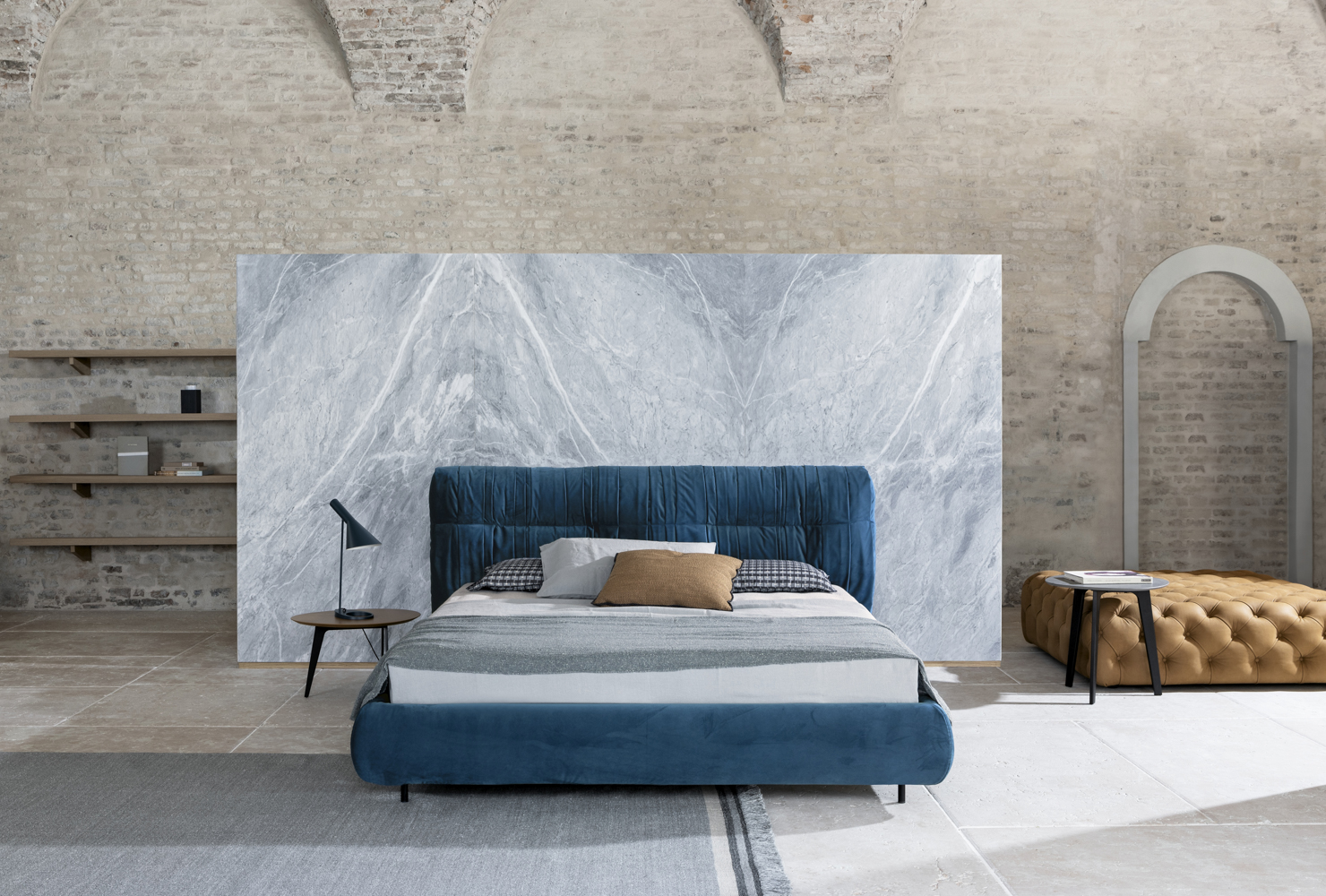
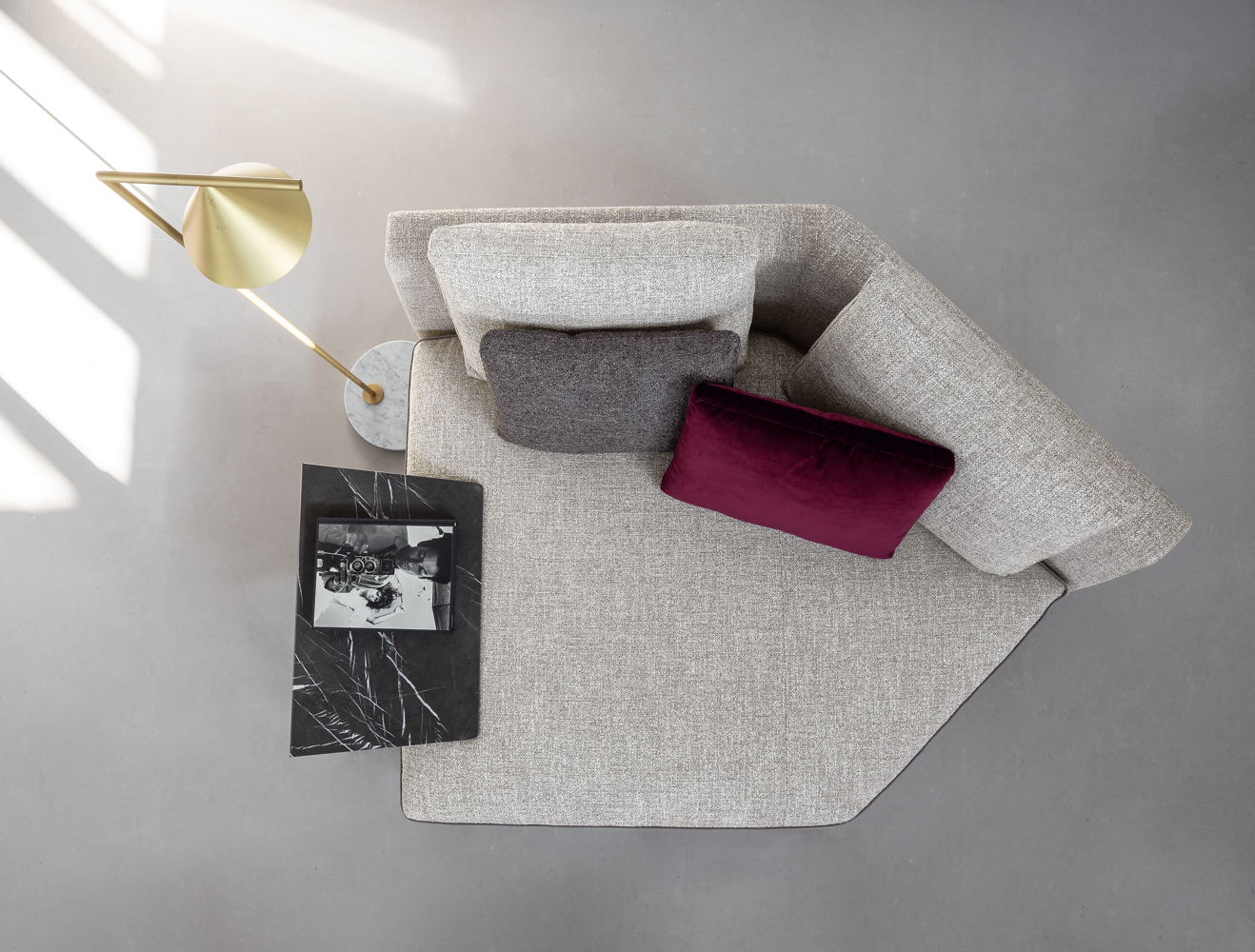
Expression of Identity
The design of a home is a powerful reflection of personal identity, shaped by cultural background, lifestyle, and individual preferences. From traditional to modern styles, every design choice offers an opportunity to express who we are, our values, and our connection to the world around us. While traditional designs often draw from history, modern approaches reinterpret these cultural influences, infusing them with contemporary materials, forms, and technologies to create rooted and forward-thinking spaces. This blend of the old and new allows homes to tell a unique story to their inhabitants.
The design of a home goes beyond aesthetics—it integrates beliefs, practices, and lifestyles into the very structure of the space. Every design element, from the choice of materials to the layout of rooms, can reflect the history and culture of the people who live there. By carefully considering these aspects, a home can cater not only to the physical needs of its occupants but also to their psychological well-being, creating environments that support comfort and personal growth.
Durability and Sustainability
Modern architectural practices focus on integrating sustainable materials and energy-efficient designs to create homes that offer comfort and environmental responsibility. By choosing durable, eco-friendly materials, homeowners can not only enhance the long-term value of their property but also reduce the need for frequent replacements and repairs, which ultimately benefits both the environment and the household budget. Sustainable materials, such as low-impact resources, help preserve natural resources while offering increased durability and longevity. Incorporating durable materials in furniture, kitchen cabinets, and construction elements is essential for creating spaces that stand the test of time. For example, selecting high-quality furniture and cabinets ensures they can last longer while reducing the need for future replacements. Similarly, using long-lasting construction materials in the home’s foundation or exterior can enhance the building’s structural integrity, minimizing maintenance needs.
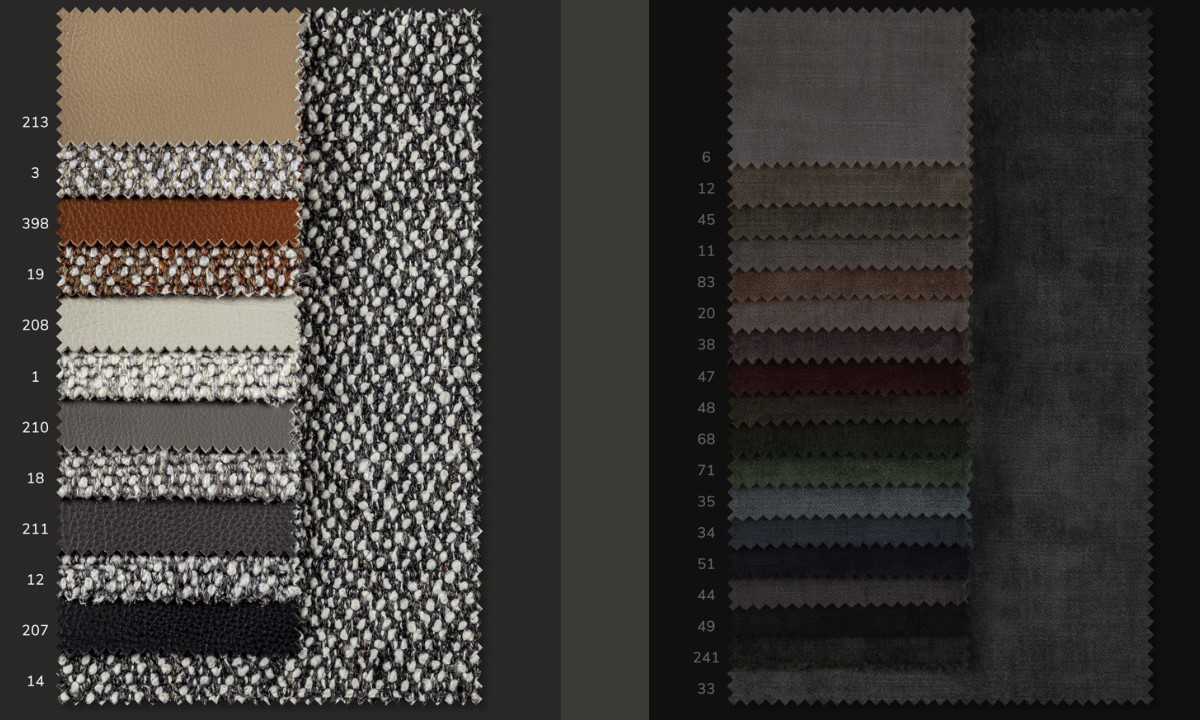
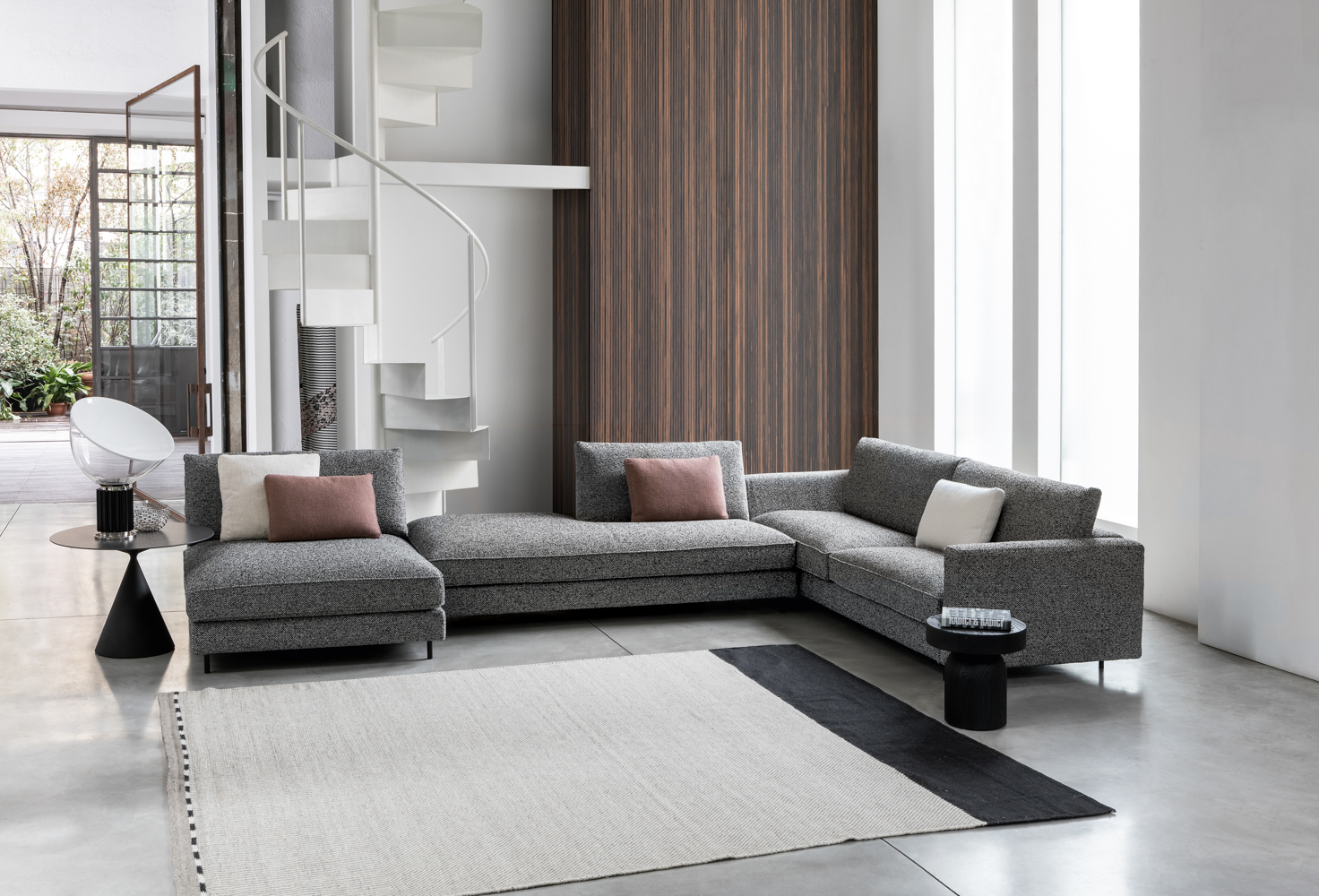
Personalization and Comfort
Custom architecture and interior spaces aim to create comfortable spaces that reflect the occupants’ tastes and unique preferences. With the rise of remote work, flexible spaces have become increasingly essential in modern homes. Multi-functional rooms—such as a home office that can quickly transform into a guest room or workout area—offer homeowners the flexibility to adapt their living spaces to meet evolving needs without expensive renovations. Design solutions like modular furniture, built-ins, and open layouts enhance this versatility, improving the functionality of a home to accommodate different stages of life. A dream home should also incorporate spaces that showcase the owner’s hobbies and passions. Personalizing spaces adds a unique and meaningful touch to a home, whether a cozy reading nook, a dedicated music room with soundproofing, a home gym, or a creative art studio. Ideas for personalization might include built-in bookshelves for avid readers, an ergonomic home office, or a media room designed for comfort and style.
A Luxurious and well-planned interiors
A well-planned home seamlessly blends style and functionality, thoughtfully planning each interior space to enhance daily living and overall comfort. For example, as a central hub for cooking, dining, and socializing, the kitchen should feature high-end appliances, custom cabinetry, and durable countertops. Serene bedrooms should serve as peaceful retreats, with soft lighting, plush bedding, and calming color schemes that promote relaxation and restful sleep. Similarly, spa-inspired bathrooms have become a key feature in modern homes, with freestanding soaking tubs, rainfall showerheads, and heated floors transforming these spaces into private sanctuaries. Also, incorporating thoughtful design elements in other areas, such as the living room, ensures a well-rounded, cohesive interior. The living room should be a space that fosters comfort and social connection, often featuring adaptable furniture, a balance of textures, and strategic lighting that enhances the room’s ambiance. A well-planned home ensures that every space, from the kitchen to the living room, bedroom, and bathroom, reflects functionality and personal style, making it a truly inviting and harmonious environment for the inhabitants.
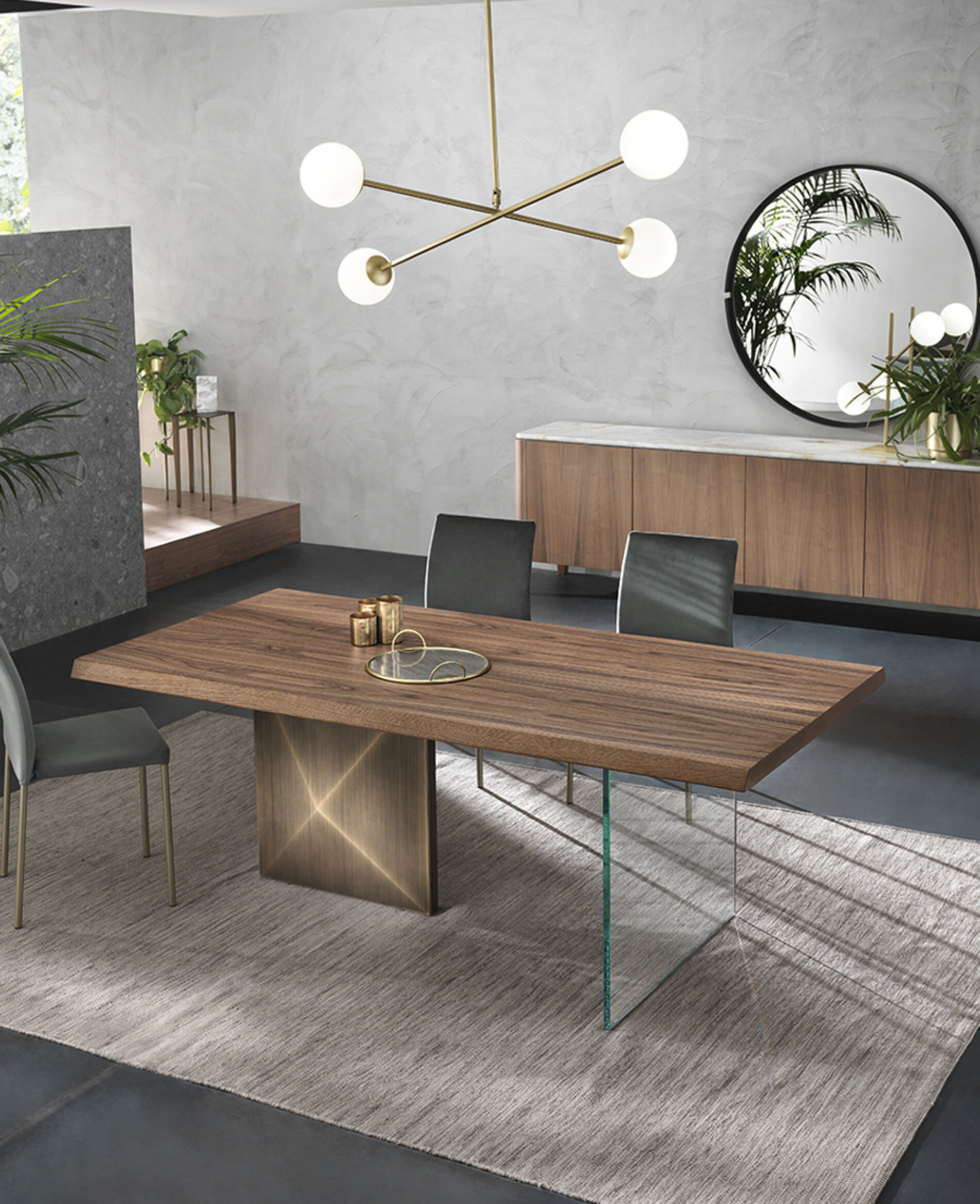
Outdoor Living
Extend the comfort of your dream home to the outdoors with a thoughtfully designed patio or garden. As indoor and outdoor living continue to blur, outdoor spaces have become a key feature in modern home design. Creating a seamless connection between the interior and exterior of your home can make your living space feel more inviting, allowing natural light to be an integral part of daily life. To enhance these outdoor areas, consider comfortable seating, an outdoor kitchen or BBQ station, and plenty of lush greenery with ambient lighting, turning your backyard into a serene and functional extension of your living space.
To explore more design ideas and inspiration, please visit our Blog Page.
